Though well aware of its existence, and familiar enough with it that I knew of its dynamic cover by Carmine Infantino and Ross Andru, Dick Giordano and Terry Austin, I had never actually read the 1976 Superman vs. The Amazing Spider-Man #1, the very first collaboration between the two biggest American comic book publishers* and the first time any of their characters would meet one another in a shared story.
I had a pretty good excuse, though. I wasn't yet born when the book originally hit newsstands (Although I guess I had a second chance when it was collected in 1991's Crossover Classics, and a third chance in 1995 when it was republished in a "special collector's edition").
The recently released DC Versus Marvel Omnibus is giving me another chance though, and this time I seized it.
This collection certainly primes the reader to appreciate just how significant the comic was at the time.
There are several different prose pieces from various comics professionals that discuss the book's publication. These stress the care that went into assembling the perfect creative team: Writer Gerry Conway was chosen as the only one at the time to have written both characters, pencil artist Ross Andru because he had drawn both and was the current Amazing Spider-Man artist. They also stress the incredible cross-company wrangling that went into every panel. (In his afterword to the collection, Tom Brevoort writes that "Superman/Clark Kent and Spider-Man/Peter Parker appear in exactly the same number of panels in the story and are in aggregate the same relative sizes in each." He didn't believe Marvel and DC were quite that exacting with the portrayal of the characters when he first heard it, so he actually consulted the text to check it out for himself and realized that they actually were.)
Readers at the time would also have been clear on what a big deal it was. Not just because superhero comics fans would have of course known that the two publishers' characters had never met, but because of the presentation of the book: It was published in tabloid format and cost a whole $2.00. That will seem like a steal to today's serial comics readers, who are used to shelling out $3.99 for a 20-ish page story, but in 1976, the average comic book was still only 30 cents.
The original comic also contained a pair of short introductions running in parallel columns on its inside front cover, one from Marvel's Stan Lee and one from DC's Carmine Infantino, both trumpeting the rarity of the occasion.
Inside, the action pauses at three points for page-length recaps of the origins of the heroes and the villains (the latter of whom share a single page), apparently there for any DC-only readers who weren't sure who this Spider-Man fellow was, or any Marvel-only readers who were somehow unfamiliar with Superman's whole deal.
As to why those two characters were chosen, well, that's obvious enough as to probably be not really worth mentioning. They were each publishers' most popular flagship characters, and each was the apotheosis of his respective publisher's protagonists.
As for the villains involved, they are Superman's archenemy Lex Luthor and Spider-Man's villain Doctor Octopus, who are both derivations of the basic mad scientist archetype. (Reading this in 2024, I did wonder why the Green Goblin wasn't chosen as the Spider-Man villain featured, as the movies and 21st century comics had lead me to believe that he was Spider-Man's number one adversary. Was that not the case in the mid-70s? Or was the Green Goblin currently dead at that time?)
The book opens with a splash page featuring the two characters facing off, with the credits between them—oddly enough, "Edited By: Carmine Infantino and Stan Lee" is the top credit, perhaps this book's equivalent to "Stan Lee Presents"...?—and the title of the story blaring in the lower left corner: "The Battle of the Century!"
From there we get a 15-page Superman solo story in "Prologue 1". After a great double-page spread of Andru's Superman streaking into action towards a giant, city-smashing (and now rather retro-looking) robot, we get what amounts to a Superman solo story.
The robot, piloted by Lex Luthor (wearing his familiar Super Friends get-up) steals a maguffin from S.T.A.R. Labs, and though Superman defeats the robot, Luthor and the doohickey escape. Superman briefly returns to the Galaxy Communications Building—this was during the time Clark was a TV news anchor—where we meet jerk prankster Steve Lombard, Galaxy owner Morgan Edge and Superman's pal Jimmy Olsen. Clark's not there long, though, leaving to track down Luthor for another battle, one that ends with Luthor being taken to jail...after he stashes the thingamabob for later use.
From there, Clark and some co-workers take off for New York City, where they will be attending the "World News Conference."
After the aforementioned page detailing Superman's origin (In five panels and about 75 words; Grant Morrison and Frank Quitely would famously get it down to just four panels and eight words in 2006's All-Star Superman), it's Spider-Man's turn.
His "Prologue 2" is also a 15-page solo story, this one opening with a double-page splash of Spidey reclining on a flagpole, as his Spidey sense alerts him to the presence of some thieves atop a nearby roof-top (These splashes look great in this format; I can only imagine how impressive they were in the original tabloid format).
The thieves turn out to be in the employ of Doctor Octopus, who Spidey battles until the villain makes his getaway in a flying ship with its own set of tentacles. The police show up just in time up to chase Spider-Man away, their guns blazing (That's one big difference between the two red-and-blue clad heroes; Spidey is considered an outlaw vigilante, while Superman is embraced as a beloved celebrity).
Peter Parker stops at the Daily Bugle to sell pictures of the Spider-Man/Doc Ock fight to J. Jonah Jameson, a sequence that includes these two sublime panels, depicting Jameson's reaction to a terrible, terrible photo of Parker's that Jameson accidentally had run on the front-page. From there, there's a few panels of an attempted date with Mary Jane Watson, during which Parker must make a lame excuse, dash off to become Spider-Man and resume his battle with Doc Ock, this time defeating him and sending him to jail.
In the last panel, Parker and the Bugle staff head to the same news convention the Galaxy staff was headed to.
The two prologues, which have now accounted for 30 whole pages of the book, or well more than your average superhero adventure already, do a great job then of establishing the characters, in costume and out, as well as their basic milieus and supporting casts and ongoing conflicts.
It's worth noting that both look, read and feel like a regular Super-Man story and a regular Spider-Man story—or, I suppose one could say, a "real" Superman story and a "real" Spider-Man story—which likely argues that the publishers made the right call in hiring creators with past experience on both characters.
It helps, I suppose, that this was a time in which both superhero publishers were much more strict with the basic designs, looks and depictions of their stable of characters, and they tended to have to be drawn a certain way in order to look like themselves. These days, there is much more leniency given to super-comics artists, and designs can vary quite radically, depending on the personal styles and whims of the artists. (By the way, some of the aforementioned prose pieces noted that John Romita Sr., one of the two definitive Spider-Man artists, was tasked with re-drawing the Peter Parker faces in this comic, just as Neal Adams re-drew some of the Superman figures. Neither is credited for their work in the final product, however.)
And then, after a one-page, five-panel Spider-Man origin recap, it's time for a third prologue, this one a much shorter, five-page one in which Lex Luthor and Dr. Otto Octavius meet one another in New Mexico federal "Maximum X Security Penitentiary Number One," apparently some sort of special prison just for super-villains. Despite supposedly being escape-proof, Luthor breaks them both out and they escape together, with Luthor riding on Doc Ock's back like he was a horsey as he runs away on his metal tentacles.
Then, finally, it's time for the crossover to really start.
At the news conference, Clark tells Lois Lane about "Comlab One-- The world's first orbiting communications laboratory!", which is apparently on display there. Lois then meets young Peter Parker, who saves her from a fall, and then, immediately afterwards, she meets a rather petty and possessive MJ (MJ: "I guess you're not the liberated type--eh, 'Miss' Lane? Some men like that sort of thing. Some men dig their women, 'feminine'." Lois: "Pull the claws in, MJ. Peter's cute-- --but he's a bit young for me, don't you think?")
Then, suddenly, Superman—actually, "Superman"—swoops in, fires weird beams from his eyes at the ladies, and then they both disappear, as the hero flies away.
Clark and Peter both rush to change clothes and then meet in the sky over the roof-tops for the first time, the moment afforded another two-page splash.
In Marvel fashion, they immediately come to blows, Superman having "heard reports" about Spidey and thus assuming he's behind Lois' bizarre disappearance, and Spidey, having seen Superman blast them with eyebeams, assuming Supes is to blame (In actuality, it was Luthor disguised as Superman; Luthor also gives Spidey a surreptitious blast of a "red sun radiation device" to power him up enough so that he'll be able to go toe-to-toe with Superman...at least for the length of a fight scene).
What follows then is a dynamic 12-page fight scene, unusual in its length and choreography. It doesn't end until the red sun radiation wears off, and there's a fun sequence in which Spidey pounds away at Spider-Man for several panels, Andru drawing multiple arms on the wall-crawler to suggest how often and how fast he's throwing punches into Superman's chest and abdomen, and Superman just stands their stoically, absorbing the ineffectual blows, until Spider-Man steps back to look at his hands, now encased in pink jagged lines to suggest pain, and remark "Oboy."
With their battle over (The unsurprising winner in a contest of super powers? Superman), the two finally calm down, realize neither is to blame for their love interests' disappearances, and decide to team-up, with Superman dragging Spidey behind him as he flies by a strand of webbing, Spidey having somehow fashioned skies of webbing to "air-ski" behind Man of Steel.
After pages of investigation, the two heroes eventually track Luthor and Doc Ock to the abandoned satellite headquarters of Luthor's Injustice Gang, from where Luthor enacts his world-imperiling plan. Using the thing stolen from S.T.A.R. in the first prologue, he's able to hijack that fancy communications satellite that Clark pointed out to Lois (and readers) earlier, using it to fire a beam that somehow generates hurricanes numerous and powerful enough to engulf the whole world (I'm not a scientist, so I'll just have to take Luthor's word for it that making giant hurricanes is well within the abilities of the communications satellite).
Luthor will only relent and call off the super-storms if the United States government pays him "ten billion dollars within the next hour."
As Superman leaps out of the satellite and flies to Earth to intercept a two-hundred-mile tidal wave that will destroy the Atlantic coast of America, Spidey battles the villains, encouraging Doc Ock to ultimately turn on the mad Luthor ("I can't let you do it, Luthor!" Octavius cries as he smashes computers with a tentacle, "The Earth is my home, too!")
Eventually, the day is saved, as are the heroes' respective love interests, both of whom are at this point in history completely ignorant of the double-lives their men are currently leading.
At 100 pages—bigger even than an 80-page giant!—the book likely read as appropriately epic in 1976, and surely the bicentennial kids at the time would have felt they got their two bucks worth. Heck, at that length, it's basically a short graphic novel, published at a time when that word wasn't part of the average comics reader's regular parlance.
Conway and company certainly do a fine job of thoroughly introducing their heroes and villains, to an extent that later crossovers wouldn't even attempt, as the publishers would eventually (perhaps rightly) assume that anyone reading superhero comics at all would be pretty familiar with the participants in any crossovers (Like, why would you even pick up a book about Batman and The Punisher or Galactus and Darkseid if you weren't already familiar with them...?).
The creators also devote themselves to comparing and contrasting these heroes, boiling down and then accentuating what make them each unique and likable in the first place, and giving readers little moments of interest, like the panels in which MJ and Lois meet one another, or those where Edge and Jameson run into one another and discuss their talented but lacking employees Kent and Parker.
It's pretty much the ideal inter-company crossover comic.
That said, the intensity that went into the discussions and behind-the-scenes crafting of the comic was such that neither Marvel nor DC seemed to want to repeat it, even though it was the first of a whole series of crossover comics, being followed by a 1981 re-teaming of Superman and Spider-Man and a Batman/Hulk crossover, and then a 1982 Uncanny X-Men/New Teen Titans crossover.
For each of these, the publishers would essentially take turns running the crossovers, so that they didn't need two teams of executives and editors counting panels or measuring figure drawings on the way to production.
We'll look at the first of these second-wave crossovers next week.
Next: 1981's Marvel Treasury Edition #28, featuring Spider-Man and Superman
*Actually, Tom Brevoort writes in his DC Versus Marvel Omnibus afterword that while the companies were in discussions for the Superman/Spider-Man crossover, both happened to be working on different adaptations of The Wizard of Oz. Rather than compete with dueling comics, they released their first joint venture: MGM's Marvelous Wizard of Oz. That comic does not, of course, appear in the omnibus.



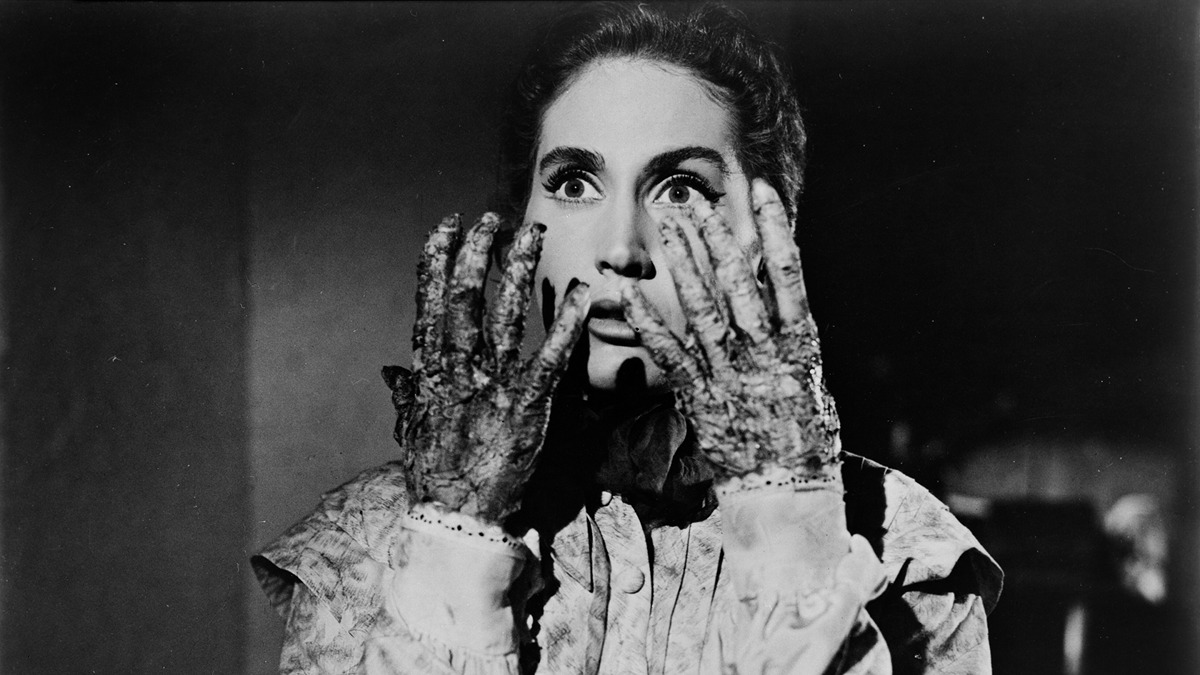
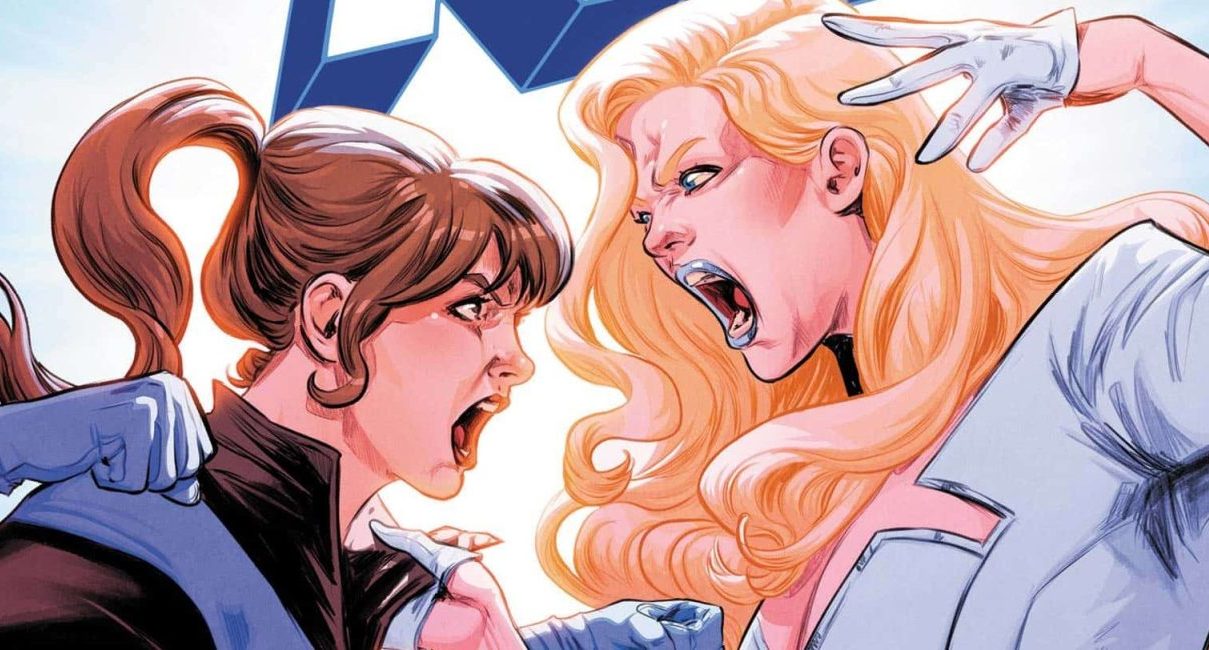
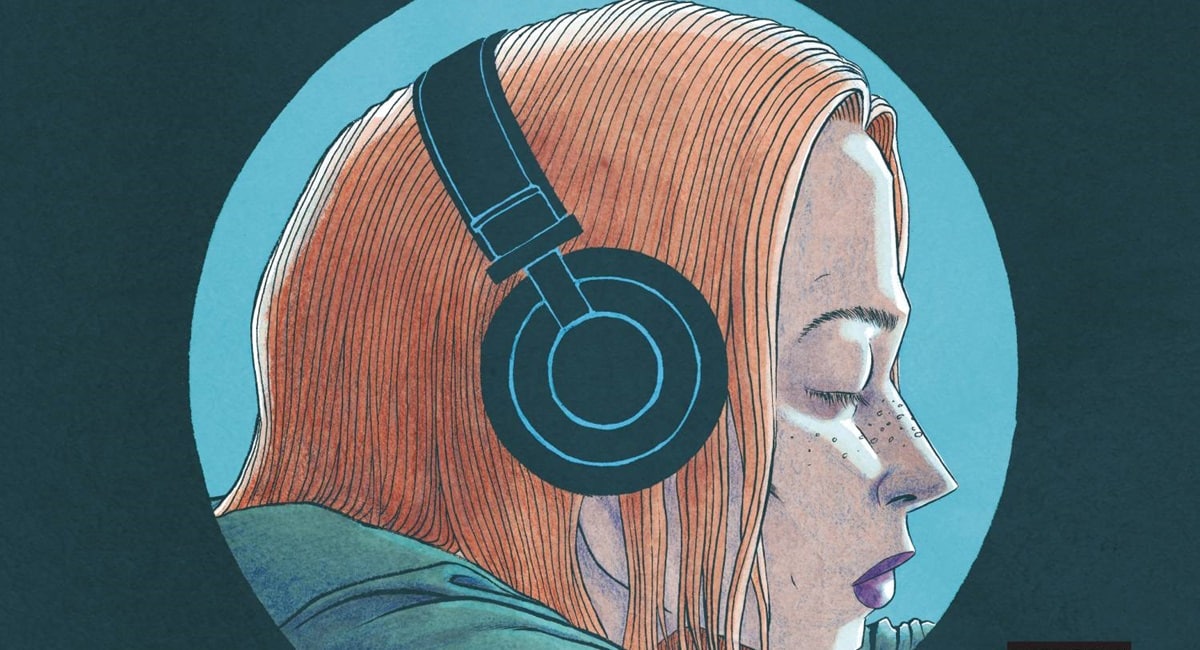
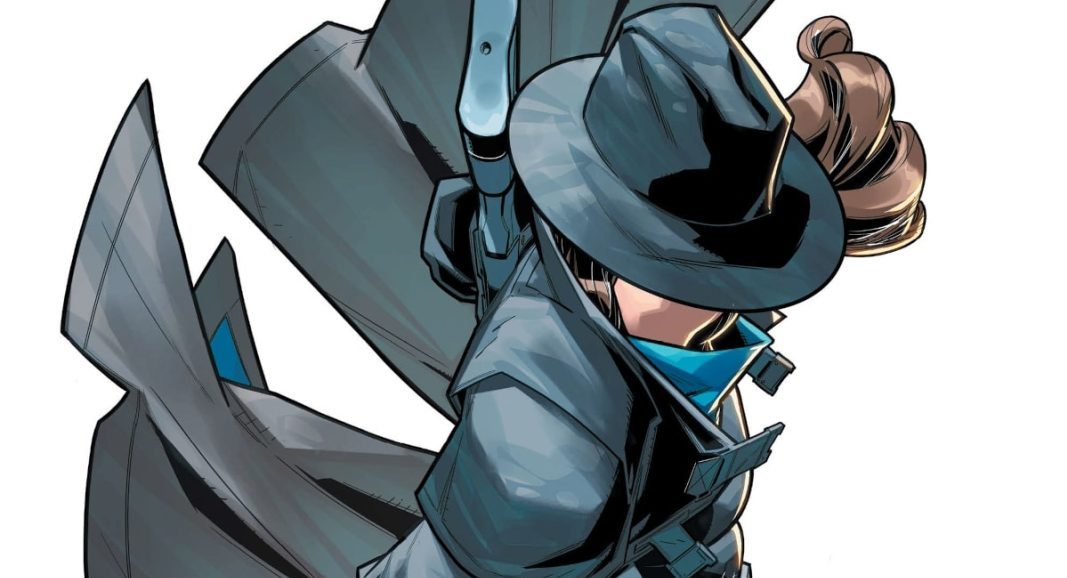
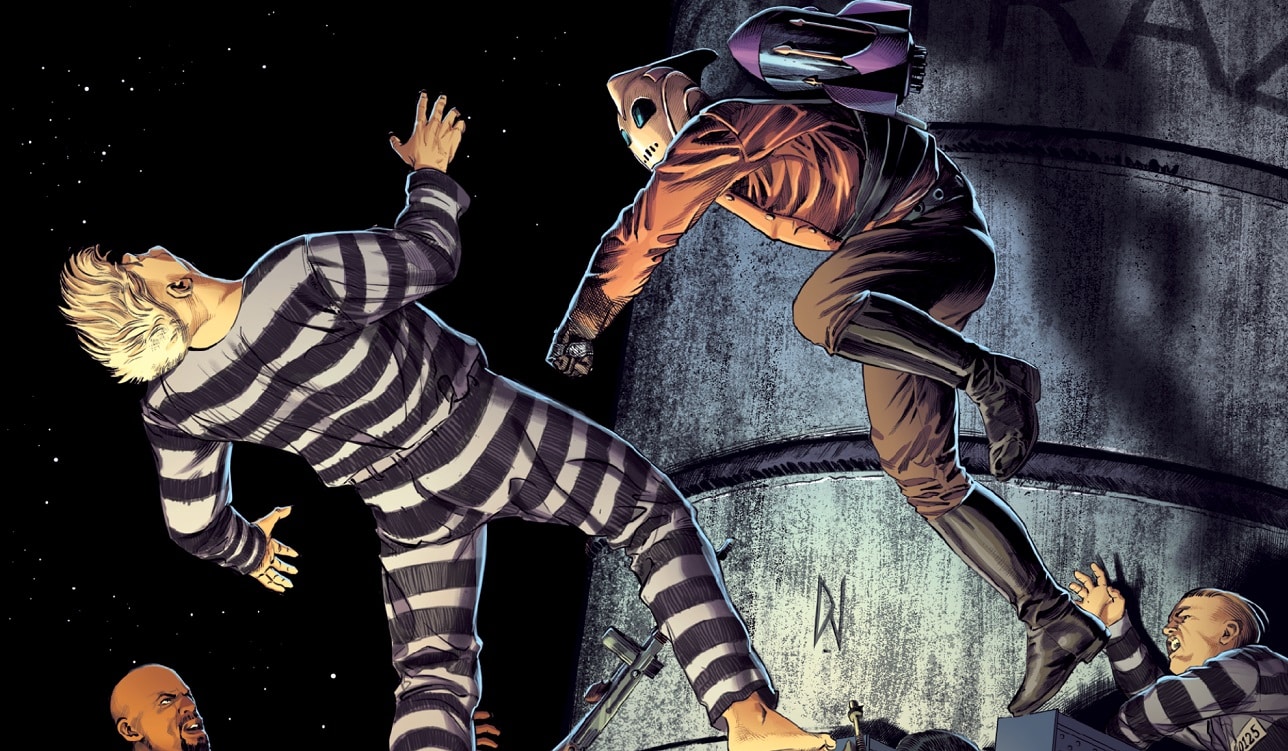












 English (US) ·
English (US) ·